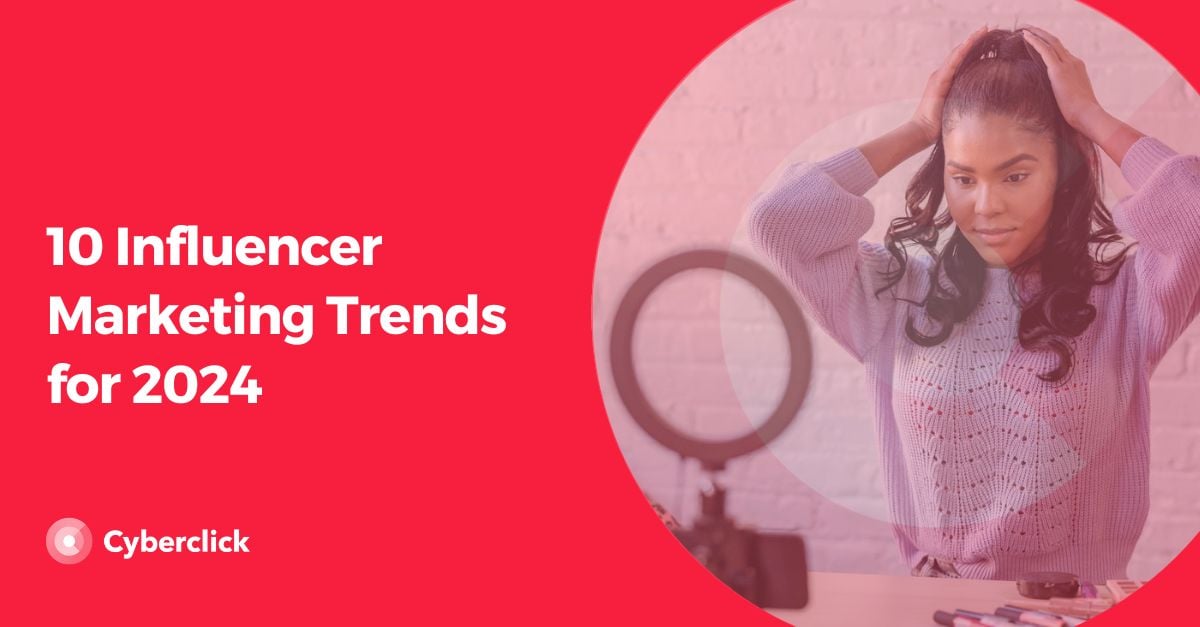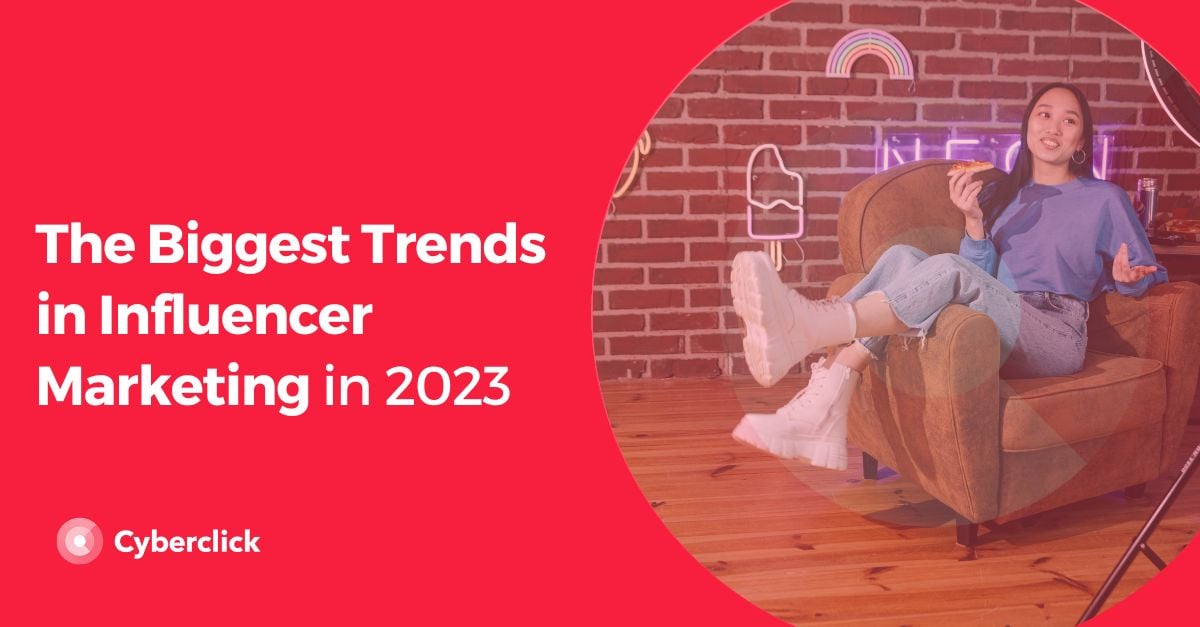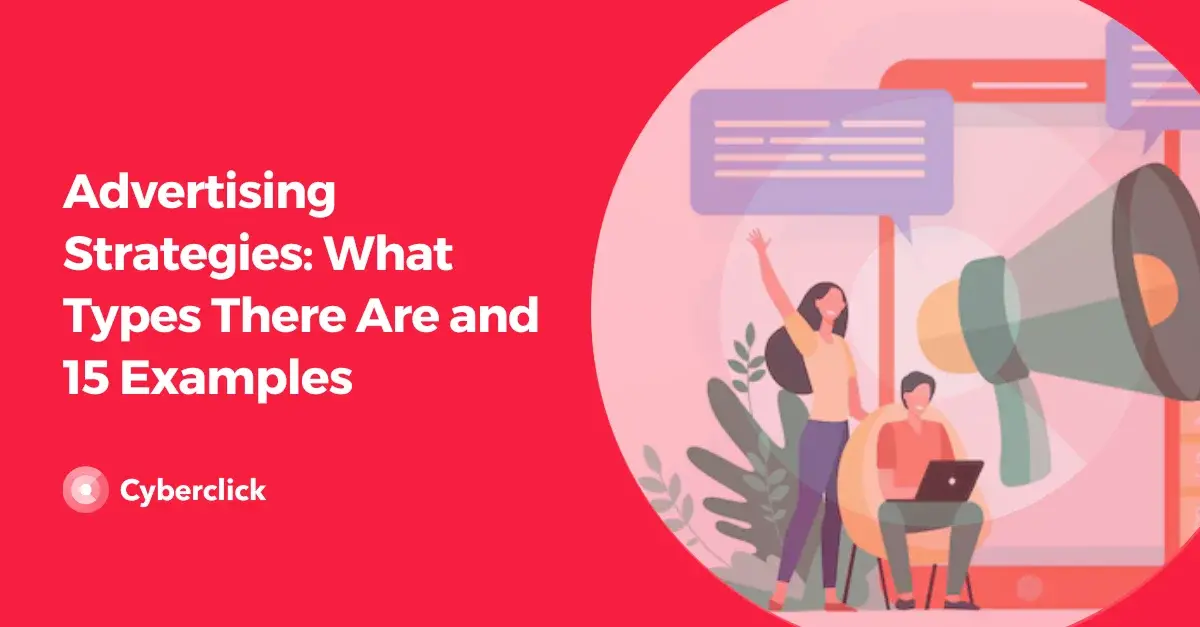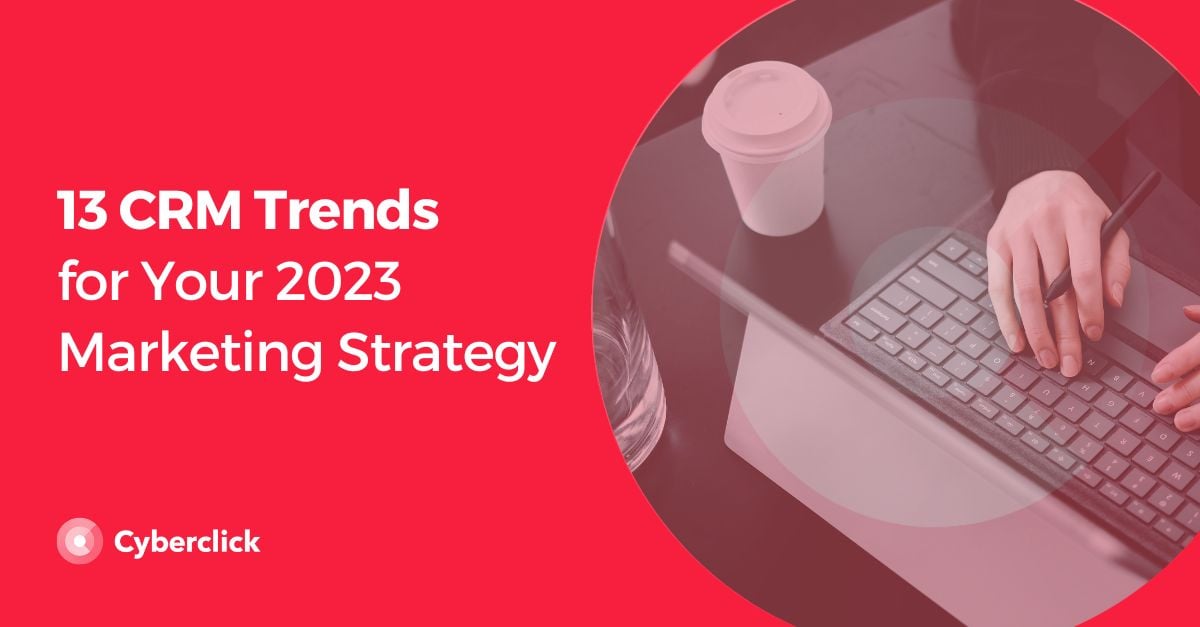Influencers have become one of those resources that are always a top digital marketing trend. However, and taking into account that most brands resort to them to gain visibility and credibility and generate sales, not everything works. For this very reason it is important to know the influencer marketing trends of 2024.

Influencers: The Key to Affiliate Marketing
Affiliate marketing, especially when paired with influencer marketing, can be a significant revenue stream. In this scenario, influencers recommend a product or service to their followers through their social networks. They showcase it and guide their audience to the store using an affiliate link or a promotional code.
While affiliate marketing was traditionally linked to blogs and content creators, it's gradually gaining traction among influencers, demonstrating positive outcomes. Moreover, this strategy allows brands to take on less risk, as the influencer's earnings are tied to their performance.
For influencers, the profitability of a campaign hinges on various factors, including the level of trust the audience has in them and their capability to convincingly endorse a specific product or service.
Live Shopping Will Continue To Be a Trend
Live shopping will continue to be a trend in influencer marketing in 2024. Live shopping is usually done in video format and through social networks or platforms that have functionality designed for it.
So far, live shopping has proven to have higher conversion rates and also greater user participation compared to any other type of post. We predict that influencers will continue to bet on it because they have the full support of brands. Influencers even prefer it over any other type of publication given the results.
The signs are clear that live shopping will continue to be one of the key pillars within e-commerce, especially when with the collaboration of an influencer.
TikTok’s Reign Continues
TikTok stands out as one of the trendiest social networks, boasting over a billion users—a milestone achieved by only a few platforms, such as Facebook, YouTube, WhatsApp, Instagram, and WeChat. It also ranks high in user engagement, with people spending significant hours on the platform.
While Instagram remains the go-to for influencer marketing, TikTok is gaining momentum in this space. More influencers and brands are eager to leverage its growing popularity to connect with their target audience.
Current trends emphasize the importance of influencers being both creative and authentic. Brands should seek individuals who align well with their industry and target audience, valuing their dedication to this social media platform.
The New C-Suite Position: Chief Influencer Officer
Influencer marketing is being included in most digital marketing strategies, which has led to the need for a Chief Influencer Officer.
Just as the Community Manager role appeared some time ago, a new need arises: having a Chief Influence Officer or Influencer Marketing Director.
This person will be in charge of designing, managing and analyzing the performance of influencer marketing campaigns. It is very likely, then, that in response to this need, training courses will begin to emerge to provide all the tools to be able to perform this function successfully.
Empowering Employee-Driven Content and UGM
In 2024, another trend in influencer marketing will be the pursuit of authenticity. Beyond trendy influencers, the focus will shift to users whose influence stems from genuine content.
To enhance audience impact and convey credibility, transparency, and objectivity, brands will encourage customers to share their experiences on social media. Strategies may involve inviting consumers to capture moments with the product, record themselves using it, or share opinions. This user-generated content can then be shared by the brand to amplify its visibility.
For this type of task, you can also use the employees themselves, who can reach both the target audience and industry professionals who are able and willing to join the team.
More Aspirational Advertising With Subtle Product Placements
In 2024, the focus is on influencers seamlessly integrating products into their content, discussing topics not directly related to the brand but captivating for the audience. This subtle form of advertising, reminiscent of product placement in movies and series, gains an advantage as influencers can provide information when the audience expresses interest in a showcased product.
That product is there because this person uses it, likes it This trend capitalizes on the public's curiosity and the influencer's subtlety. It creates an advertising approach where the audience doesn't perceive it as such, garnering positive feedback and delivering excellent results. The showcased product is there because the influencer genuinely uses, likes, and finds it effective, making it genuinely appealing to the audience.
Growth of Performance-Based Collaborations
Brands are looking for results and benefits, so collaborations and the number of collaborations will depend on the objectives achieved by the influencer. This means that contracts or performance-based collaborations will become more and more frequent. However, these may vary depending on what is to be achieved, so performance-based partnerships may be established where the influencer is expected to reach specific targets and achieve a minimum number of clicks or sales. Exclusivity may also be demanded and the influencer may not display competing products. This, which had already begun to be seen, will now be on the rise, as more and more brands are demanding a commitment from the influencer.
Microinfluencers: The Jewel in the Crown
Within the influencer world, there are different types of influencers: the nanoinfluencer, who has a few thousand followers; the microinfluencer, who has a few tens of thousands; the macroinfluencer, who has hundreds of thousands; and finally, those with substantial fame and popularity, amassing over half a million followers.
Opting for the influencer with the largest following isn't necessarily the optimal choice. In fact, research indicates that micro influencers, despite having fewer followers, wield a more significant impact on the audience. Additionally, their participation rates tend to be much higher.
Expect more collaborations with this type of followers throughout the year because the ability to invest more allows for creating eye-catching campaigns that generate a significant impact.
Getting More Niche
Brands are finding more success in campaigns targeting specific audiences due to information overload and market saturation. This trend is transversal and affects various channels and formats.
As for influencers, niche influencer marketing strategies also focus on specific market segments, using specialized influencers for greater impact and loyalty. Although the content reaches a lower amount of people, they tend to be more committed and loyal, proving more effective in the long run.
AI Enters Influencer Marketing
Artificial intelligence (AI) is playing an increasingly prominent role in marketing, particularly in the realm of influencer marketing.
AI contributes by providing recommendations for influencers suitable for specific campaigns. It also enhances messaging functions and aids in crafting texts or elements beneficial for influencers.
Moreover, AI opens the door to the creation of virtual influencers. These computer-generated personalities possess specific traits and physical characteristics to effectively promote products and services.
While this concept is relatively new, virtual influencers are gaining traction and have already amassed thousands, even millions, of followers, marking their success in the industry.
Responsable de la estrategia de contenidos y visibilidad en Cyberclick, con enfoque Allbound y especialización en posicionamiento SEO, GEO y automatización con IA. Gestión avanzada del CRM con HubSpot: base de datos, workflows, lead nurturing, scoring y reporting. Experiencia en marketing digital, comunicación corporativa y periodismo, uniendo estrategia, creatividad y tecnología para captar y convertir leads cualificados.
Responsible for content and brand visibility strategy at Cyberclick, with an Allbound approach and specialization in SEO, GEO (Generative Engine Optimization), and AI-powered automation. Advanced HubSpot CRM management: database segmentation, workflows, lead nurturing, scoring, and reporting. Background in digital marketing, corporate communications, and journalism—combining strategy, creativity, and technology to attract and convert qualified leads.






Leave your comment and join the conversation